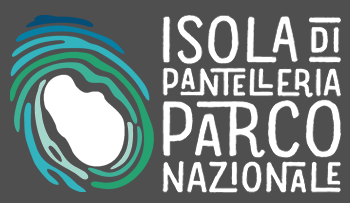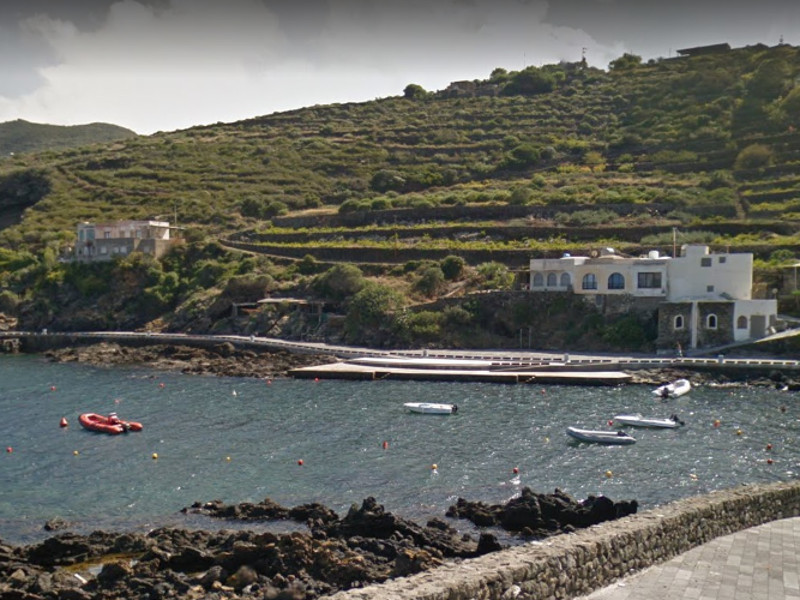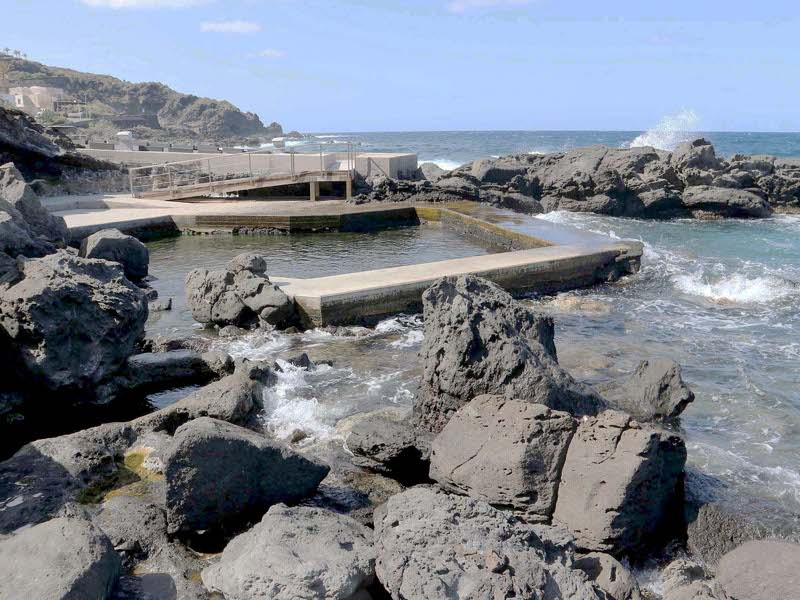- Producers of typical products
- Hiker's Vademecum
- Pantelleria Militare
- Forum
- Environmental Education
- The Authorities
- Organization and Offices
- Council Notice Board
- Transparent Administration
- Reference Legislation
- Regulations in force
- The plan of the Park
- Consultation of deliberative acts
Home » Rural landscape » City quarters and Municipalities
Gadír
Gadír is one of the best known coastal city quarters of the island, a fishing village with a launching point for boats. There are about ten inhabitants and they are called "Gadirióti". Until the 1960s, the area was rich in buvíre (fresh water wells), used in the past to supply ships and is still characterized by the presence of tanks of different sizes and temperatures, which collect the thermal waters that emerge by the sea, which have always been considered as curative.
The name Gadír derives from the Arabic gadír (pond, stream of water), although some hypothesize a Semitic origin which would indicate a protected area. The Cala di Gadír is known and appreciated since ancient times for its presence of thermal waters, circumscribed in basins carved into the rock, where the temperature ranges from 40 to 55 °C. These waters are perfect for the treatment of arthrosis and rheumatism. It was the Phoenicians who first appreciated the healing effects of these waters. The Gadír site also offers an interesting underwater archaeological itinerary, since in the waters in front of the marina there are two wrecks: the first dates back between the end of the XI and the first half of the II century BC, probably carried Punic and Greek-Italic amphorae; the second dates back between the end of the XI and the beginning of the I century BC and carried amphorae produced in the Carthaginian area, together with other Roman ones.
In the depths of Gadír, the first underwater archaeological itinerary of Pantelleria was created. It is the placement, by the Superintendency of the Italian Sea as part of the STARS project, of a camera system that sends the images in the web, via the Superintendency website. Amphorae are mainly Punic, which underlines the commercial importance of Pantelleria in the Carthaginian routes through the ancient Mediterranean Sea.
Municipality: Pantelleria (TP) | Region: Sicily | View on Map
© 2024 - Ente Parco Nazionale Isola di Pantelleria
Via San Nicola, 5 - 91017 Pantelleria (TP)
Tel +39 0923/569412 - Email: info@parconazionalepantelleria.it - protocollo@pec.parconazionalepantelleria.it
Codice fiscale: 93077090814






